-

4-Chloro-3-(trifluoromethyl)phenylisocyanate CAS:327-78-6
4-Chloro-3-(trifluoromethyl)phenylisocyanate is a chemical compound with the formula C9H4ClF3NO. It is a yellow crystalline solid that is used in organic synthesis as a versatile building block for the preparation of various compounds. This compound has applications in pharmaceuticals, agrochemicals, and materials science due to its reactivity and functional group compatibility.
-

4-(Chloromethyl)benzoicacid CAS:1642-81-5
4-(Chloromethyl)benzoic acid is a chemical compound widely used in organic synthesis due to its reactivity and flexibility in generating diverse functionalized molecules. With the molecular formula C8H7ClO2, it serves as a valuable building block for producing pharmaceutical intermediates and specialty chemicals, showcasing its significance in synthetic chemistry and industrial applications.
-

1-(2-Dimethylaminoethyl)-5-Mercapto-1,2,3,4-Tetrazole CAS:61607-68-9
1-(2-Dimethylaminoethyl)-5-mercapto-1,2,3,4-tetrazole is a chemical compound serving as a high-energy density material and a precursor in the synthesis of propellants, explosives, and pyrotechnics. With the molecular formula C5H10N6S, it demonstrates substantial potential for applications in energetic materials and related fields.
-

3-ethynylaniline CAS:54060-30-9
3-ethynylaniline is a chemical compound with the formula C8H7N. It is a colorless to pale yellow liquid used as a versatile building block in organic synthesis. This compound is known for its ability to participate in various reactions, making it valuable in the preparation of diverse molecules.
-
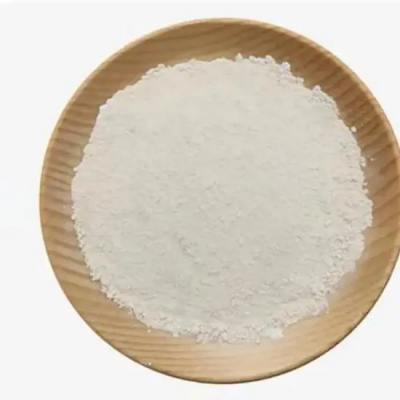
1,3-Acetonedicarboxylicacid CAS:542-05-2
1,3-Acetonedicarboxylic acid is a dicarboxylic acid compound with potential applications in polymer synthesis, organic chemistry, and materials science. It serves as a building block for the production of specialty polymers and may also find use in the development of advanced materials and chemical intermediates due to its unique chemical structure and reactivity.
-

2,3,6-Trimethylphenol CAS:2416-94-6
2,3,6-Trimethylphenol is a chemical compound used in various industries for its distinctive odor and chemical properties. It serves as a versatile building block in organic synthesis and may find applications in fragrance production, pharmaceuticals, and specialty chemicals due to its aromatic characteristics.
-
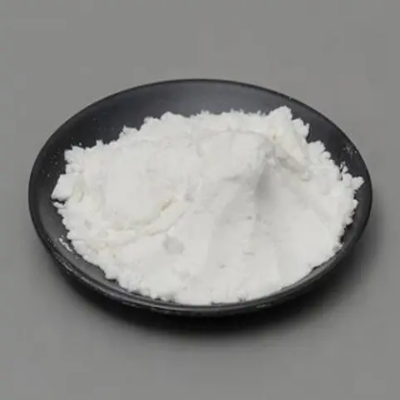
(Z)-2-(2-t-butoxycarbonylaminothiazol-4-yl)-2-pentenoicacid CAS:86978-24-7
(Z) -2-(2-t-butoxycarbonylaminothiazol-4-yl)-2-pentenoic acid is a versatile chemical compound widely employed as a key building block in organic synthesis. With the molecular formula C15H21N3O4S, it plays a crucial role in creating diverse functionalized molecules, showcasing its significance in synthetic organic chemistry and pharmaceutical research.
-
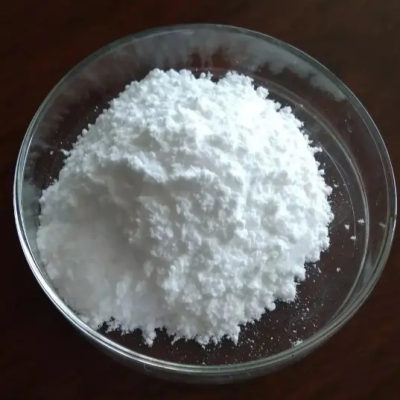
Cefaclor CAS:53994-73-3
Cefaclor is a second-generation cephalosporin antibiotic used to treat various bacterial infections. It is effective against a wide range of bacteria and is commonly prescribed for respiratory, urinary tract, skin, and middle ear infections. Cefaclor works by inhibiting the growth of bacteria and is available in different formulations, including capsules and oral suspension.
-
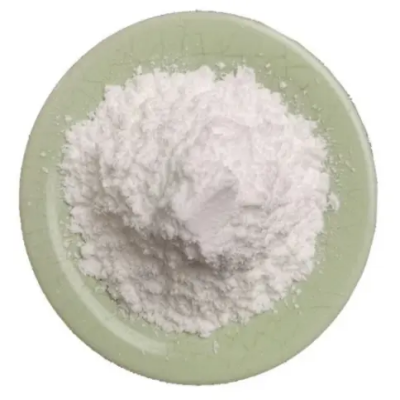
Cefamandole formate sodium salt CAS:42540-40-9
Cefamandole formate sodium salt is a semi-synthetic cephalosporin antibiotic used in the treatment of bacterial infections. It belongs to the second-generation cephalosporin class, exhibiting broad-spectrum activity against various pathogens. Cefamandole formate sodium salt is formulated as a stable salt suitable for intravenous administration.
-

Bacitracin CAS:1405-87-4
Bacitracin is a type of antibiotic that is commonly used to prevent and treat bacterial infections in wounds. It works by interfering with the production of bacterial cell walls, leading to the destruction of the bacteria. Bacitracin is available as an ointment or cream for topical application and is often used in combination with other antibiotics or medications for enhanced effectiveness. It is a valuable tool in managing minor skin infections, cuts, scrapes, and burns.
-
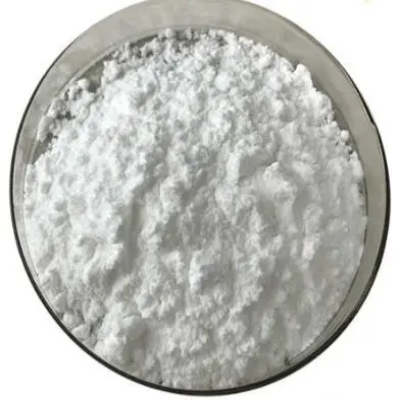
Benzathine penicillin G tetrahydrate CAS:1538-09-6
Benzathine penicillin G tetrahydrate is a long-acting antibiotic belonging to the penicillin class of medications. It is commonly used to treat various bacterial infections, particularly those caused by susceptible strains of Streptococcus bacteria. The benzathine component in the medication prolongs its activity in the body, allowing for less frequent dosing compared to other forms of penicillin. Benzathine penicillin G tetrahydrate is available in injectable form and is administered by healthcare professionals.
-
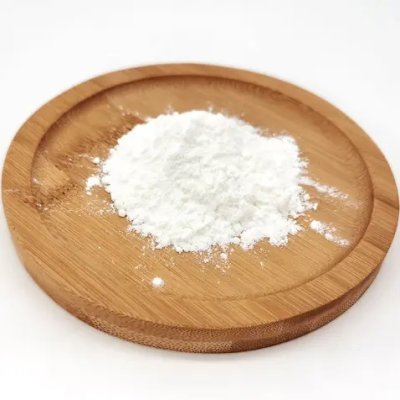
Berberine hydrochloride CAS:633-65-8
Berberine hydrochloride is a compound derived from various plants, such as goldenseal and barberry, known for its potential health benefits. It is commonly used as a dietary supplement due to its antioxidant and anti-inflammatory properties. Berberine hydrochloride has been studied for its role in managing blood sugar levels, supporting cardiovascular health, and aiding in weight management. This natural compound has gained popularity for its diverse therapeutic effects and potential applications in promoting overall well-being.

